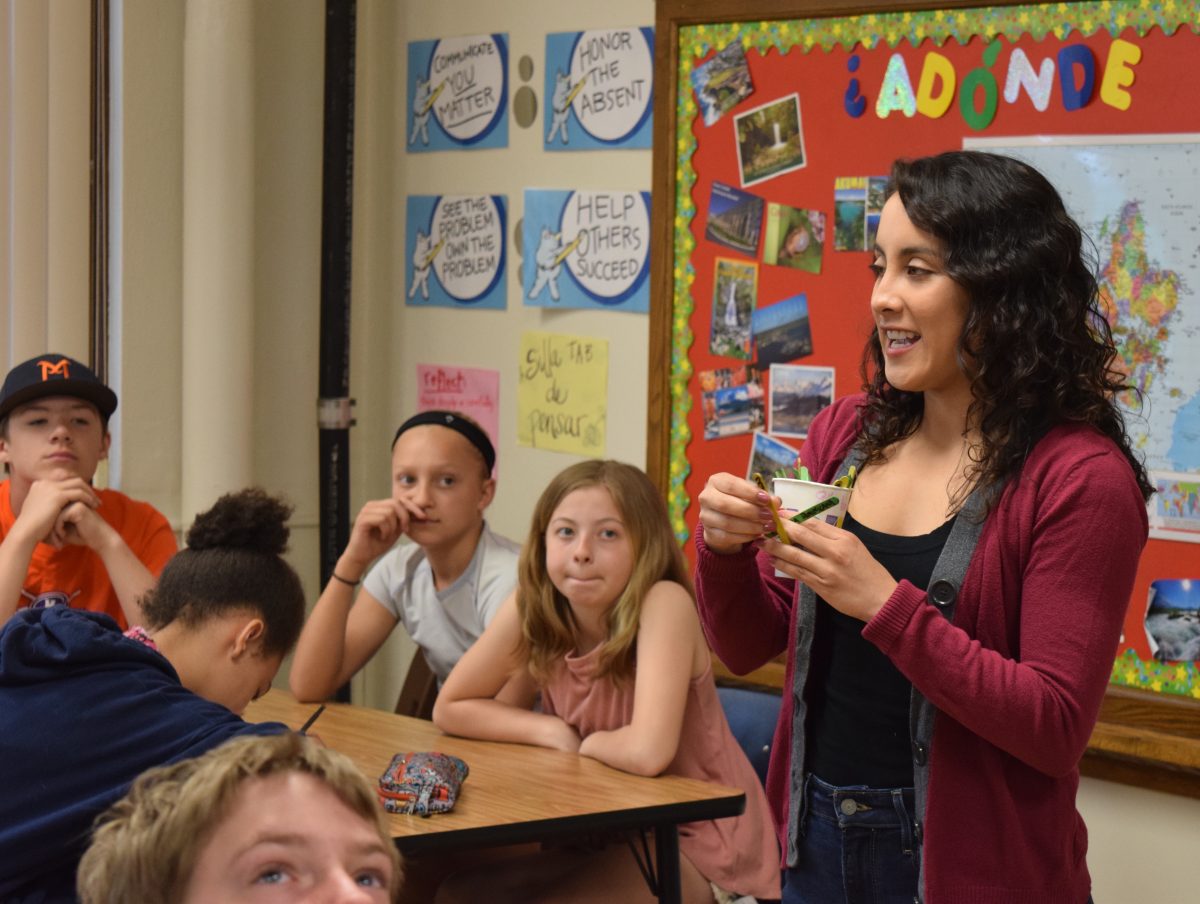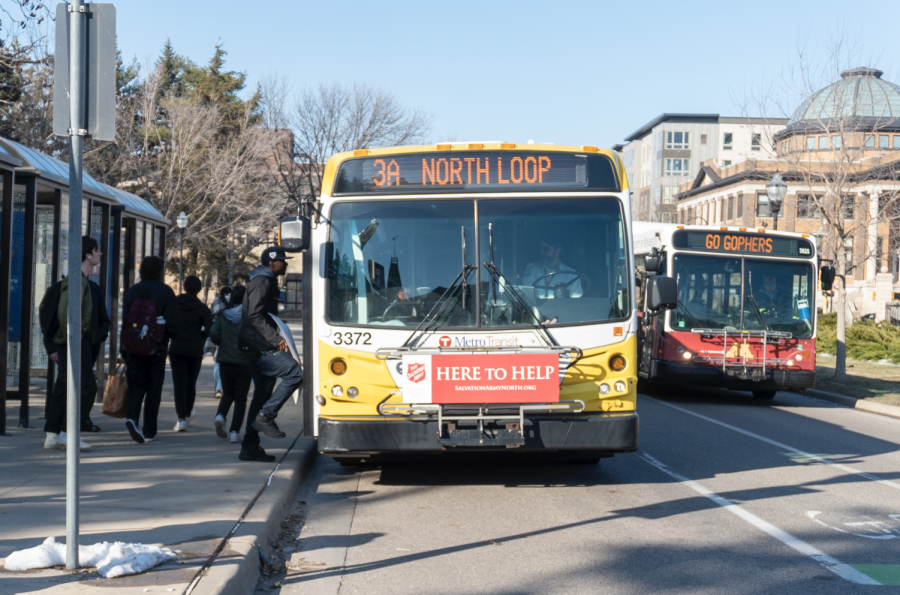The University of Minnesota unveiled newly-renovated robotics research labs that provide faculty and graduate students with various work spaces and resources.
The 20,000-square-foot space, dubbed the Gemini-Huntley Robotics Research Laboratory, opened Nov. 9 and will bolster the University’s robotics research. The labs make up the first two floors of the Shepherd Laboratories building on the East Bank campus.
The renovations include nine research labs, collaborative work spaces and a two-story drone flying space — a feature that is not commonly seen in this type of building, said Nikos Papanikolopoulos, a computer science and engineering professor and director of the University’s Center for Distributed Robotics.
“You can fly drones with no constraints, and you can have several drones flying,” Papanikolopoulos said. “This is very impressive and I actually have not seen it here. I have seen it in Europe, but I have not seen it in an American university.”
The labs were funded by $13 million in donations, including $10 million from Gemini Inc. and $2 million in state funding through the University’s Minnesota Discovery, Research and Innovation Economy initiative.
One of the labs, called the The Patrick J. Starr Solar Vehicle Project Laboratory, is a workspace funded by a $1 million donation from Carlson School of Management graduate Clifford I. Anderson. The lab gives the University’s solar vehicle researchers 1000 square feet of workshop space that includes an electronics lab and assembly room.
The labs also feature glass windows in place of walls, which are intended to create a more open work environment.
“One of the things that’s very unique about this space, unlike any other space that I’ve seen, is that it’s so open,” said Dario Canelon, a graduate student at the University who is researching amphibious robotics. “If you come in, you don’t have to request access to see research you can just walk by and see what people are working on.”
The renovations also bring together graduate students and professors from different disciplines to promote collaboration, said Ph.D. student Nick Heller, who is researching machine learning algorithms.
“There’s definitely something to be said for being in the same room,” Heller said. “Communication flows that much faster, it’s that much more immediate and we’re much more productive when we’re sitting together looking at the same screen.”
The improvements made to the lab serve current faculty and graduate students in their research, but it may also be used as a recruiting tool to lure students interested in studying robotics, and possibly more degrees in robotics at the University in the future.
“It’ll help us attract students, both undergraduates and graduates, and it will also help us attract more funding.” Papanikolopoulos said. “It never hurts to get more support for students.”
















